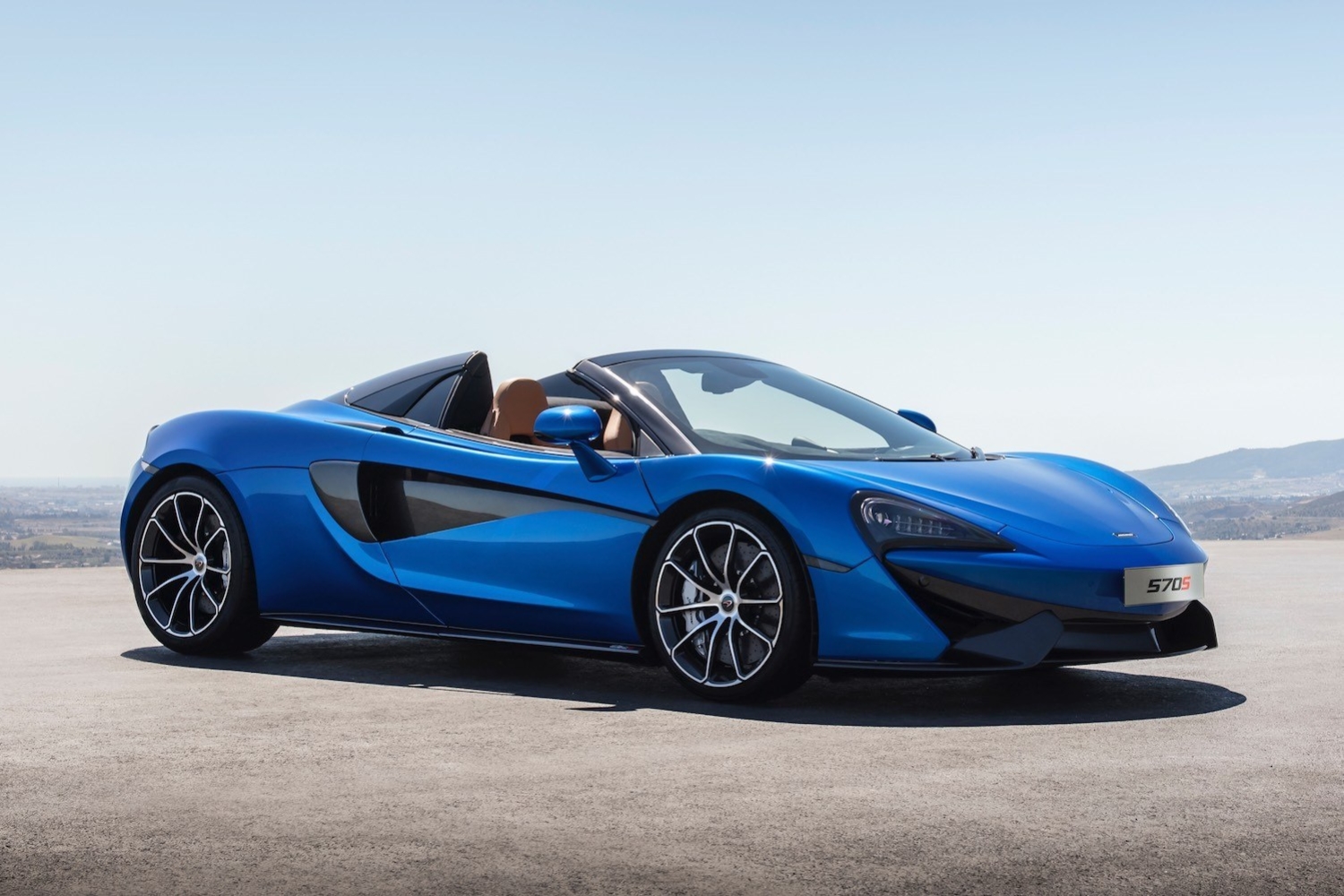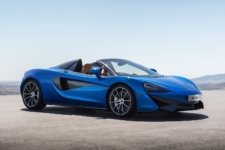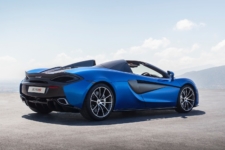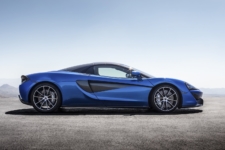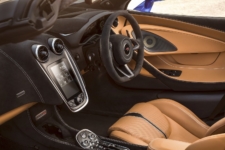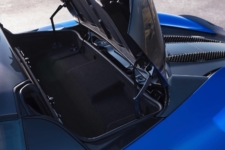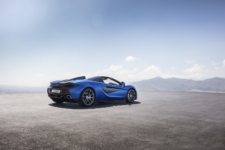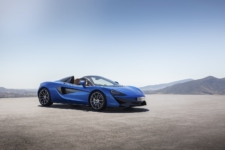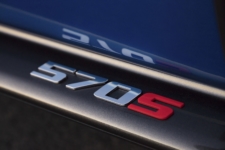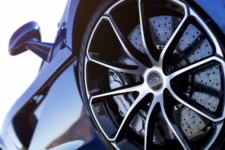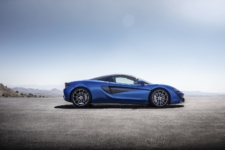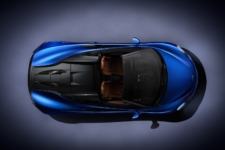The spirit of Ayrton Senna hovered around us in the cabin during the recent launch in Spain of the new McLaren 570S Spider.
Neil Lyndon on a day of rapturous pleasure with the McLaren 720S Spider
Flooring the throttle pedal and glorying in the bellow of the 3.8-litre twin turbo V8 behind the seats as we rocketed to 200+ kph on short straights, I could see those deep brown eyes smiling approval.
Shifting the carbon steering wheel through my hands as we slalomed down empty mountain roads near Andorra and relishing the motorbike-like responses of the electro-hydraulic steering. I sensed Ayrton’s blessing (though I feared that his judgement on my driving might match the verdict he passed on Syd Watkins, the F1 doctor, when Syd once drove him to an airport: “You’re not a bad driver, Syd,” Ayrton said, “but, dear me, you are slow.”)
Standing hard on the brake pedal and getting thrown forward by the near-400mm carbon ceramic discs pulling us up with the power of skyhooks, I could almost hear the master giggling with pleasure.
If he had lived, I feel sure our hero – whom I once met, dined with alone and interviewed over several days – would have loved the 570S Spider. It felt to me as if this car was the direct descendant of the Honda NSX supercar (1990-2005) in the development of which Ayrton had a significant role when he was driving for McLaren while the team was powered by Honda.

Like that original NSX – which scared the bejesus out of complacent European performance car makers who could not conceive that the Japanese could teach them anything – the 570 has been created as an everyday, usable supercar. Tractable, compliant and so civilised that it could be comfortably managed by a learner, this car is deliberately targeted not at petrolheads but at connoisseurs of good things who are as likely as not to be female.
Mark Roberts, McLaren’s delightfully engaging head of design, enjoyed the comparison between his latest creation and the old NSX. He reminded me that Gordon Murray, designer of the F1 that was McLaren’s first road car, used an NSX as his daily transport for two years while he was working on the F1 and confirmed that they borrowed several features of the Honda for their own car. “The NSX is definitely in the McLaren DNA,” he said.
You can sense it in the first 50 yards behind the wheel. The ambition behind the 570S Spider is to make it enjoyable and rewarding to drive on the road at all speeds and that devout intention communicates itself from the moment you fire up that glorious V8 and select drive on the seven-speed seamless shift gearbox. Trickling through Barcelona rush-hour traffic, the greatest difficulty for the driver in managing the Spider is to avoid the cars, scooters and mopeds that buzz and veer constantly around the McLaren while their drivers and riders try to snatch photographs on their mobile phones. Great efforts have been made to civilise the volume of engine noise in the cabin with the consequence that, even when the racket is at its most raucous and exhilarating and the glass screen/wind-deflector behind the seats is lowered, conversation remains possible at the level of the polite boudoir.
Cars that take their shape from the downforce demands of the wind-tunnel all tend to come out looking essentially same from the front end, but their rear ends are, effectively, a blank canvas. It is from this angle that 570S Spider particularly excels. While the car behind us in the rearview mirror on the test route might have been mistaken for a Ferrari, the one in front could only have been the work of Mark Roberts. With its aggressive pillars, its delicately sweeping light clusters and its resolute exhaust tailpipes, the sight of the Spider which people are likely to see most frequently is also the one that gives most aesthetic pleasure.
Compared with the coupe, the Spider’s retractable hard top makes a world of difference to the experience of enjoying the 570S (not least because, when it is retracted, the seats are about twice as easy to slide into and haul yourself out of) but it makes almost no difference to the driving experience. The whole contraption may add 46kg, but that still leaves the overall weight at 1359kg – an amount you might almost expect to bench-press in the gym on a good day. The difference in performance is so negligible as to be imperceptible – about 0.1 of a second on 0-60 mph acceleration and about one mph off top speed of 200+ mph. During our 400 km drive on the test day, we actually forgot to alter the transmission and suspension settings and try out the higher-performance options. Didn’t cross our minds. The standard settings provided all the demands we could manage on a day of rapturous pleasure. It only occurred to us at the last moment to check our fuel consumption on the inboard computer and when it came out at 16.7 mpg (compared with the 26.6 mpg McLaren claim), we were only surprised it was so economical.
By something like the same measure, the recommended retail price of £164,750 struck us as near bargain-basement. What price would you pay for a car that comes with Ayrton Senna as company?
Car reviewed: McLaren 570S Spider 2017 – Recommended Retail Price without options £164,750 0-60mph 3.1 secs Top speed 204mph limited Fuel Economy combined 26.6mpg CO2 emissions 249g/km Engine 3.8-litre twin-turbo V8 3799cc Max Power 570PS@7500rpm Torque 600Nm@5000-6500rpm Transmission 7-speed seamless shift gearbox
An everyday useable supercar
A glorious V8 engine
enjoyable and rewarding to drive
I can't afford one
No items found, please search again.

